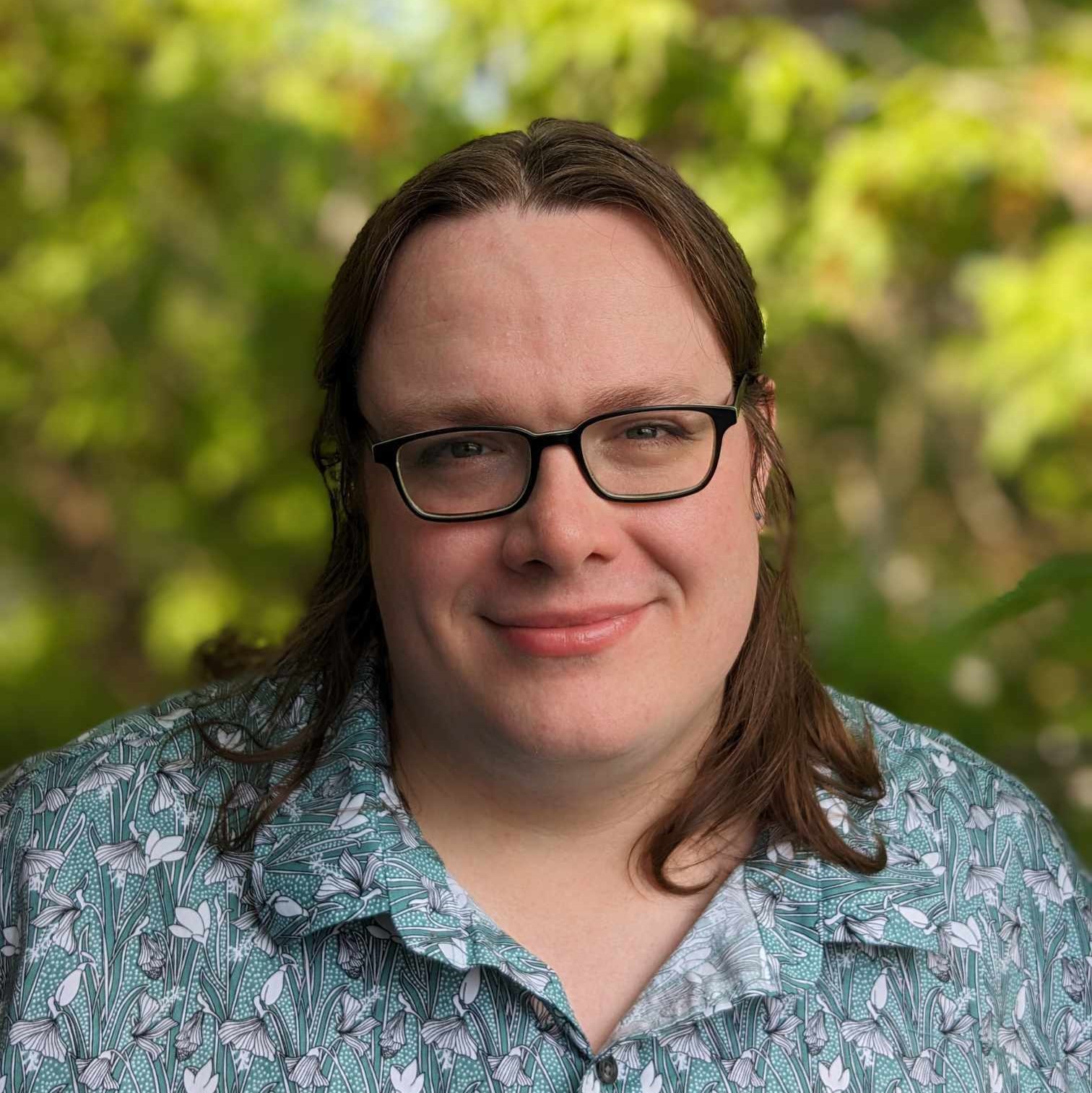I am a robotics software engineer and researcher
Born and raised in northern New York, I was a teenager when I started to teach myself to code and assemble electronics, skills that served me well during my Bachelor’s of Computer Science studies at Clarkson University. During my PhD at the University of Minnesota, I studied marine and field robotics, human-robot interaction, and applications of computer vision and machine learning to robotics. Currently, I work for Independent Robotics in Montréal, developing autonomous behaviors and interaction software for the AQUA2 AUV and other marine robots. I’ve been able to secure Independent Robotics over $1 million CAD in government funding for research and development of autonomous robotics for aquaculture. A full accounting of my research and publications can be found on the pages of this website, but some highlights are listed below.
Marine and Field Robotics
I have worked with the Aqua2 AUV and previously helped to lead the development of a new AUV: LoCO. During my PhD, I created a wide variety of algorithms for AUVs, including an autonomous Diver Approach Algorithm. This experience transfered well into my role at Independent Robotics, where I develop autonomous behaviors for the Aqua2 Mk3, much as I did during my time at UMN. Over the years, my work with AUVs has included software and hardware development, maintanence and upkeep, as well as deployments in numberous water environments.
Computer Vision and Deep Learning Applications
Starting in 2016, I began to develop OpenCV-based computer vision applications, soon expanding to deep-learning-based robotic perception. During my PhD, I developed both Diver Detection and Underwater Trash Detection, along with a host of other applications. In the years since, I have been working with visual transformer, segmentation, and foundation models to expand the perceptive capabilities of the Aqua2 Mk3 AUV.
Human-Robot Interaction
The focus of my reserach during my graduate studies was HRI, particularly the ways the humans and underwater robots can communicate with one another safely and effectively. I developed motion-based, light-based, and audio-based AUV communication methods. My dissertation introduced robust, multi-modal, natural human-robot interactions into the underwater world, work I have continued at Independent Robotics with a complete overhaul of the HRI systems of the Aqua2 Mk3.
